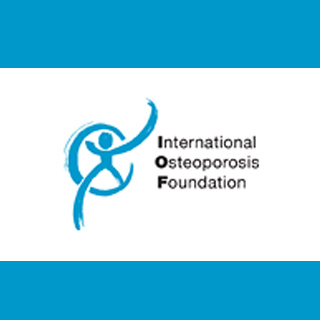
Many a times BTMs are put to use for evaluating osteoporosis treatment and apparently show large as well as rapid responses to the treatments used for osteoporosis. Therefore, BTMs can be regarded as an efficient tool for informing physicians and patients on treatment efficacy. Alterations in BTMs following treatment with antiresorptive agents supposedly explain a greater percentage of fracture risk reduction than changes in BMD.
Scientists claim that specific markers of bone formation (s-PINP) and of bone resorption (s-CTX) can be beneficial as reference analytes for bone turnover markers in clinical and observational studies. It was suggested that standardized protocols can help predict the rate of bone loss, identify secondary osteoporosis, anticipate response to therapy and improve treatment adherence.
Researchers conclude that BTMs in fracture risk are vital in understanding the outcome of osteoporosis therapy in patients.
